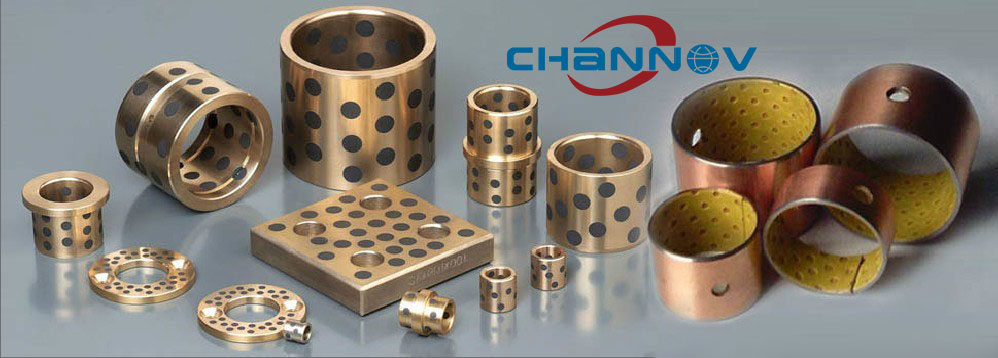What is a sleeve bearing?
A Sleeve bearing is a modified tube or pipe in which the inner surface is machined to the proper diameter for the shaft. They are also known as plain bearings, bushings, or journal bearings. These sleeve bearings are generally self-lubricating to ensure a smooth sliding action and continuous operation.
Considered simple and effective pipes, sleeve bearings have a surface and a mating component that ensure linear or seamless rotational movement between the two parts. The low coefficient friction slashes here and offers exceptional wear resistance.
What is the difference between sleeve bearing and ball bearing?
If you are looking for the differences between the ball and sleeve bearings, you should know that both of them are commonly used products but it is important to understand their uses to select the most suitable one for the job.
Sleeve bearings are more economical than ball bearings. However, their mountings and installations are limited to horizontal direction to cut down friction. Sleeve bearings work best at low temperatures i.e. below 70oC and have a short lifetime guarantee. Among the many merits, these bearings are comparatively quieter if the rotation is at low speed. If the application doesn’t have a longer life expectancy, these cheap bearings are ideal to work at low temperatures and low speeds.
On the other hand, ball bearings are more expensive than sleeve-bearing models. However, they can be mounted to any orientation. Also, the temperature range can exceed more than 70oC based on the model, increasing the life expectancy of the application by at least 50% to more than 50,000 hours. It should be noted, however, that they are noisy even at low speeds. Therefore, more lubrication is required to make them quieter.
What is a sleeve bearing used for?
Sleeve bearings can be used in various applications. They are also low in cost and are relatively maintenance-free. Some of uses for sleeve bearings include the following:
Facilitating motion between two components
Absorbing friction
Cutting down vibration
These bearings can be easily used in heavy-duty applications such as transmission shafts, electric motors, lift and tilt devices for clevis joints for hydraulic cylinder pins and manufacturing as they have a high load capacity and temperatures tolerance with low wear and tear.
Additionally, the contact area has high shock load resistance which can compensate for misalignment of the other elements. Being light in weight and compact in size, these sleeve bearings are really easy to install.

